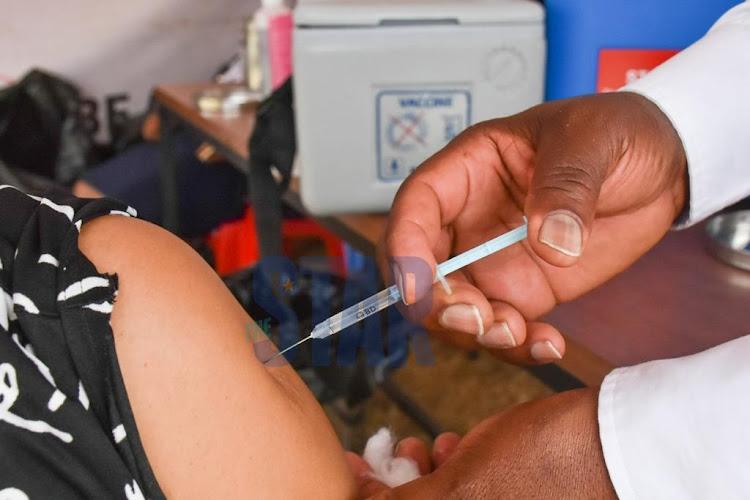Africa-Press – Kenya. If you are going about your business and you step on a nail or any other sharp object, you assume all will be well. However, after three days you start to experience a headache, fever and sweating.
Your blood pressure and heart rate change too and your body muscles become painful and stiff. Well, there is a high possibility that you have a tetanus infection.
Tetanus is an infection caused by a bacterium called clostridium tetani. The Centres for Disease Prevention and Control says spores of tetanus bacteria are everywhere in the environment, including soil, dust and manure.
The spores develop into bacteria when they enter the body. Stepping on nails or sharp objects is one way people are exposed to the bacteria that cause tetanus. These bacteria are in the environment and get into the body through breaks in the skin.
“Severe complications of tetanus can be life-threatening. There’s no cure for tetanus. Treatment focuses on managing symptoms and complications until the effects of the tetanus toxin resolve,” Mayo Clinic, an online medical site warns.
The clinic warns that the disease remains a threat to people who aren’t up to date on their vaccinations, mostly in developing countries like Kenya. It is advisable to seek medical care immediately after you start experiencing tetanus symptoms.
However, if you have a wound, which is clean and had received a tetanus jab in the previous 10 years, you can care for it at home. Experts however, caution those who have not received a tetanus shot in the last 10 years, those who are not sure when they had their last jab or if the wound is contaminated with dirt, soil, faeces or rust.
“Contaminated wounds require a vaccination booster if it’s been five or more years since your last tetanus shot,” the site says.
According to the World Health Organization, the incubation period of tetanus varies between three and 21 days after infection but most cases occur within 14 days.
WHO says infection can be prevented through immunisation with tetanus-toxoid-containing vaccines. However, people who recover from tetanus do not have natural immunity and can be infected again.
“Anyone can get tetanus, but the disease is particularly common and serious in newborn babies and pregnant women who have not been sufficiently immunised with tetanus-toxoid-containing vaccines,” WHO says.
The organisation notes that neonatal tetanus occurs when nonsterile instruments are used to cut the umbilical cord or when contaminated material is used to cover the umbilical stump. Deliveries carried out by people with unclean hands or on a contaminated surface are also risk factors.
Other symptoms of a tetanus infection include jaw cramping or the inability to open the mouth, muscle spasms often in the back, abdomen and extremities, sudden painful muscle spasms often triggered by sudden noises, trouble swallowing and seizures. In neonatal tetanus, symptoms include muscle spasms, which are often preceded by the newborn’s inability to suck or breastfeed and excessive crying.
For More News And Analysis About Kenya Follow Africa-Press






